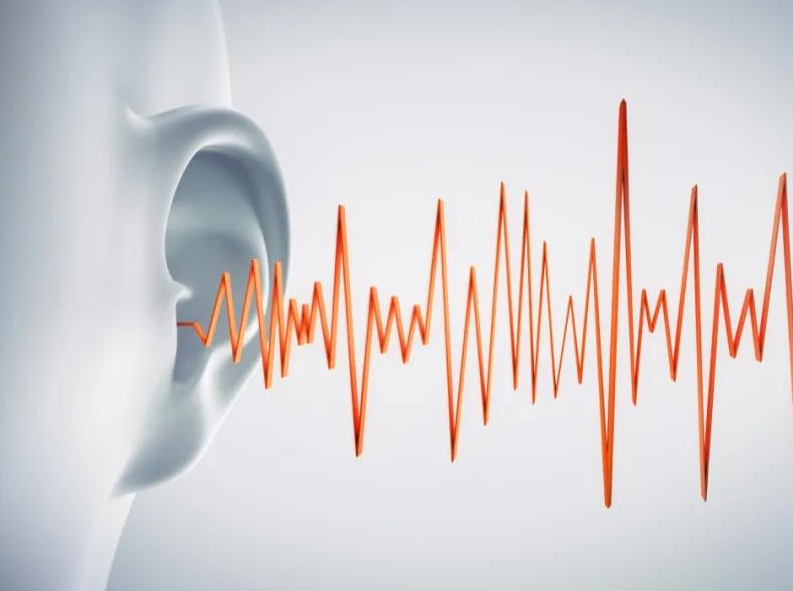
Non-suppurative otitis media secretory otitis media
(1) Hearing loss
Most of the acute secretory otitis media can be after a cold, flying down or diving, hearing loss, there can be "autoacoustic enhancement" phenomenon. The severity of deafness in patients with chronic secretory otitis media often fluctuates. When the tragus is pressed or the head position is changed, the hearing can be improved, and when the middle ear fluid is thick, the hearing will not be changed because of the change in the head position. Most children do not have complaints of hearing loss, such as ignoring a parent's call, not paying attention, or asking for too much volume while watching television.
(2) Earache
Acute secretory otitis media may have a slight ear pain, chronic secretory otitis media may have ear pain when secondary infection.
(3) The feeling of fullness or occlusion in the ear.
(4) tinnitus
Generally not heavy, can be intermittent, when the head movement, yawning or blowing nose can be heard and the sound of air and water. A few patients with secretory otitis media can also have water in the ear, but the duration is very short, only a few hours or about 1 day.
(5) Otoscopy
There are radial veins around the tympanic membrane in acute stage. The tensor of the tympanic membrane is invagination, which is manifested as shortening, deformation or disappearance of the optical cone. The lever of malleus is displaced backward and upward; The short process of malleus is obvious.
When the tympanic fluid accumulates, the tympanic membrane loses its normal luster and is light yellow, orange-red or amber. Chronic tympanic membrane milky white or grayish blue, opaque. If the secretion is serous and does not fill the tympanic cavity, the liquid plane can be seen through the tympanic membrane, showing a concave upward arc line, and sometimes bubbles can be seen through the tympanic membrane, and the bubbles increase after the eustachian tube is blown; If there is more fluid in the tympanic chamber, the tympanic membrane is protruding, and the tympanic membrane has limited motion.
etiology
- Acute otitis media is an acute suppurative inflammation of the mucous membrane of the middle ear, infected by the eustachian tube. After cold, the inflammation of the pharynx and nose spread to the eustachian tube, the eustachian tube pharyngeal opening and the mucosa of the tube appear congestion and swelling, and the cilia movement is obstructed, causing otitis media. Common pathogenic bacteria are mainly pneumococcus, haemophilus influenzae and so on.
2, the nose contains a large number of viruses and bacteria, if both sides of the nostrils pinch hard to blow, the pressure forces the nose to the nasal hole extrusion, to reach the eustacian tube, causing otitis media.
3, swimming should avoid the water pharyngeal entrance, so as not to water through the nasopharynx into the middle ear to cause otitis media. For the perforation of the eardrum caused by trauma, it is forbidden to drop any water-like liquid, so as not to affect the healing of the wound. Sterilized cotton balls can be used to block the external ear canal to avoid infection induced otitis media.
4, if the infant supine position to eat milk, because the child's eustachan tube is relatively straight, and the tube cavity is short, the inner diameter is wider, milk can choke into the middle ear through the eustachan tube to cause otitis media.
5, smoking, including secondhand smoke, can also cause otitis media. Smoking can cause systemic arteriosclerosis, especially the nicotine in cigarettes into the blood, so that small blood vessels spasm, blood viscosity increases, hardening of the micro arteries that supply blood to the inner ear, resulting in insufficient blood supply to the inner ear, seriously affecting hearing.
6, for a long time with headphones to listen to rock music with large decibels, if the time is longer, it is also easy to cause chronic otitis media.
jeopardize
1, repeated otitis media will increase tympanic membrane perforation, adhesion and hardening of the middle ear, so that hearing is further reduced. If the drug is not appropriate, it can also cause the inner ear nerve function to decline, resulting in more difficult to treat.
- Repeated inflammation of the middle ear can lead to otitis media of osteoselective or cholestatoma type. When bone is eroded, it may lead to intracranial and extracranial complications such as facial nerve paralysis, meningitis, brain abscess, and even life-threatening.
3, if the otitis media is not thoroughly treated in time, it has a greater impact on hearing, especially the improper treatment of children's otitis media, in addition to hearing affected, it also has an impact on language development. Therefore, when parents find that their children have suspicious circumstances, it is best to take their children to the hospital for treatment immediately.

